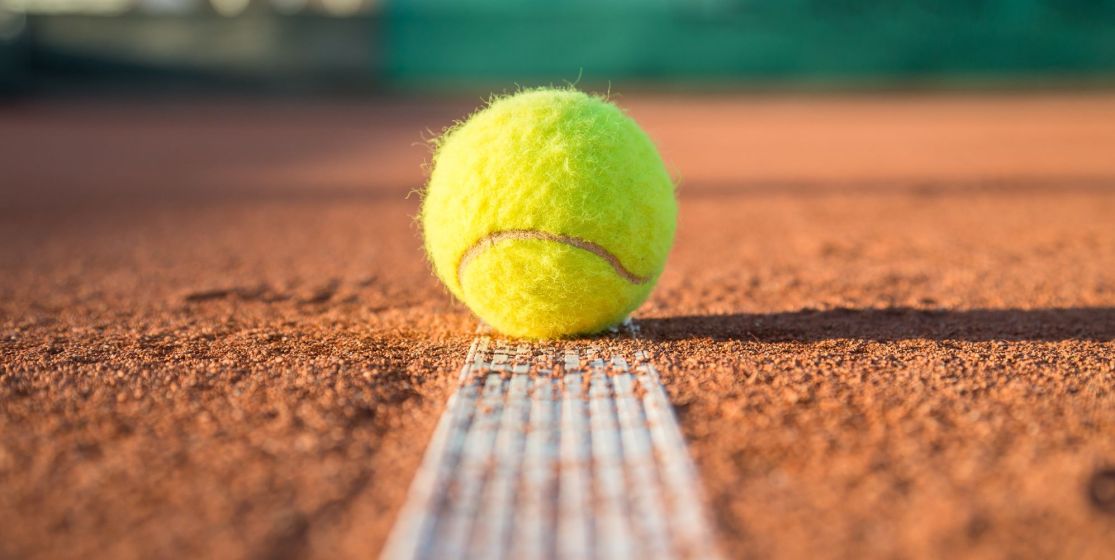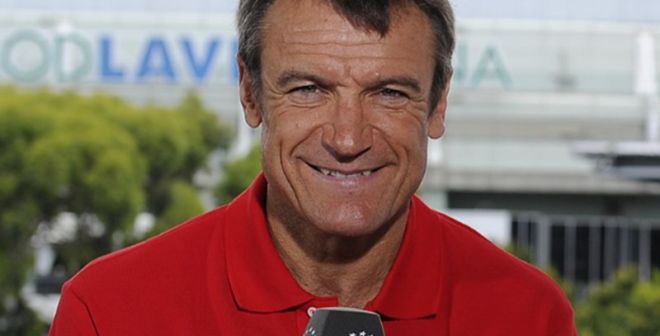If you look at the grass courts at Wimbledon now, at the end of The Championships you will see the baseline areas worn out totally. The mud is showing through especially the spots where players serve, while their toe...
If you look at the grass courts at Wimbledon now, at the end of The Championships you will see the baseline areas worn out totally. The mud is showing through especially the spots where players serve, while their toe drag with the service motions has all but made grooves in the surface.
In years gone by (so many years ago I can’t remember) wear and tear on a court would be at the baseline and almost as much at the net. Players these days are at the net for the coin toss at the start and then to shake hands at the end. As a result the rest of the grass court is in pretty good shape.
Court regeneration normally it wouldn’t matter straight at the tournament because the grass courts at the All England Lawn Tennis Club would have their own time to grow back but this year is different. The Olympic tennis event is being played at Wimbledon and the courts have barely three weeks to look lush again.
The work has started. The guy in the picture who looks like he is from a nuclear plant is actually sowing pre-germinated seeds on one of the courts that will be a match court. The groundsmen at Wimbledon were getting a head start on some of the courts that were no longer needed for The Championships
You want facts about grass? Well here goes. The grass is 100% Perennial Ryegrass, previously it was a combinations of different grass seeds. That was changed in 2001. This grass is the best to combat wear and enhance presentation and performance without affecting court speed.
Nine tonnes of grass seed is used each year but it’s mainly the soil and not the grass that determines the ball bounce. The courts are mowed every day and maintain a length of 8mm.
This is what they are doing to grow the grass for the Olympics:
1. Place the seed in a large container and soak it in a warm water solution
2. After two hours drain the water solution
3. Leave the seed in a warm room
4. Leave it to ferment for 48 hours
5. Once the seed has reached germination point it time to spread it out
It’s almost like a chemistry lesson.
Now, when you hear a player saying the (grass) courts are playing faster or slower that other years, it’s sort of curious because there is no intention to change the speed of the surface. It is determined by the general compacting of the soil, the weather and the atmosphere.
So in a few weeks’ time we will see how the courts look. The promise is they will look great. 12 courts will be used for matches and the first match ball will be struck on 28th July.






